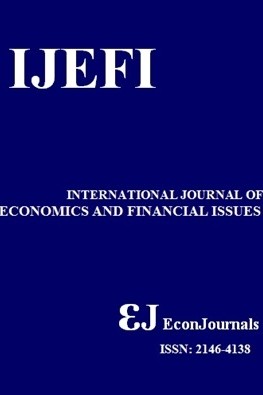Capital Buffers and Bank Risk: Empirical Study of Adjustment of Pakistani Banks
Capital Buffers and Bank Risk: Empirical Study of Adjustment of Pakistani Banks
Basel II, Capital Buffers, Bank Risk, Regulation Panel Data, Generalized Method of Moments, Pakistan,
- Başlangıç: 2011
- Yayıncı: İlhan ÖZTÜRK
Regional Resources Capitalization: Theoretical and Methodological Basis
Julia V. LYSHCHİKOVA, Anna V. ORLOVA, Yevgenia V. NİKULİNA, Yevgeny İ. ANOKHİN
Does Foreign Direct Investment Affect Industrial Workers? Evidence from Kingdom of Saudi Arabia
Aliaa Nabil KHODEİR, Sarah Nasser Al NUWAİSER
Structural Changes in the Economy of Cross-Border Regions of Russia and China
Irina Zabelina, Ekaterina Klevakina
Domestic and Foreign Firms in Russian Food Industry for the Period of 2005-2014
Vladislav SPİTSİN, Alexandr MİKHALCHUK, Darya NOVOSELTSEVA, Anton BOZNYAKOV, Lubov SPİTSİNA, İrina ANTONOVA
Changes in the Unconditional Variance and Autoregressive Conditional Heteroscedasticity
The Relationship between Exchange Rate and Inflation: An Empirical Study of Turkey
